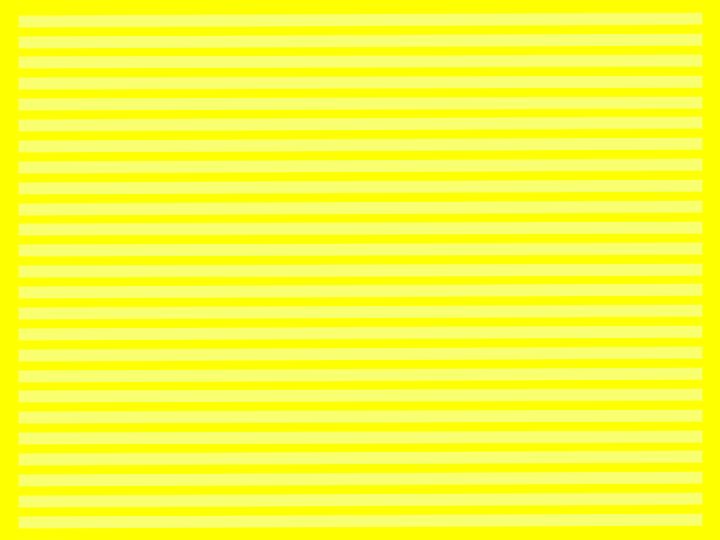|
|
|
Gaceta
Internacional
de Ciencias
Forenses |
INSTRUCTIONS
FOR AUTHORS
The
Gazette publishes collaborations
either Spanish, Portuguese or English which will be free access from
the
website of the journal (http://www.uv.es/gicf/)
Revision
Process
All
papers submitted to the GICI
will undergo a review process, which will involve at least two
independent
referees. Confidentiality regarding the identity of authors and
reviewers will
be maintained all times.
Communication
between the two is
established through editors who will have the responsibility of inform
the
authors of the review process.
INSTRUCTIONS
FOR AUTHORS
Conditions
for publication
Articles
must be original but can
accept those that have been published as an abstract in scientific
meetings.
Submission
of manuscripts
All
manuscripts should be forwarded
by email to any of the following directions:
The
"subject", must contain the words "Manuscript
for GICF" and the text to send, the job title and
name of authors. Also must be specified that the evaluation of the work
for
publication is requested.
Likewise
shall be declared that the
article has not been previously published and will not be sent to
another
journal while is revised by GICF.
Preparation
of manuscript
Manuscripts
should be submitted in
MSWord, using the more simplified format possible.
The
first page should include:
Title: In
spanish (or the original
language of text ) and English
Authors:
Full name, academic degree,
institution and email address. Likewise shall be indicated which of
them is
responsible for correspondence.
Following
the recommendations of the
International Committee of Medical Journal Editors (ICMJE) specified in
http://www.icmje.org/, the participation in the investigation of each
of the
authors, should be detailed.
According
to the requirements
specified by the International Committee of Medical Journal Editors
(https://www.blackwellpublishing.com/products/journals/freepdf/med339.pdf
) it
should also specified, if applicable, information about financial or
other relationships
that could give rise to conflicts of interest.
In
reference to the ethical and legal considerations, the
Gazette adheres to the standards and recommendations of the
International
Committee of Medical Journal Editors (http://www.icmje.org/).
Consequently,
when reporting experiments on human subjects, must be indicated whether
the
procedures followed were approved by Ethics committees in accordance
with the
Helsinki Declaration. Authors must be declared that permissions form
Ethics
committees for develop their experiences, and the procedure for
informed
consent from subjects research, have been obtained.
Second
page
must includes the abstract
and keywords (both original and English language)
The
abstract should include the
background, objectives and conclusions. It should also specify the
interest and
novelty of the study.
Keywords
must be selected from the
medical subject headings (MeSH) list of Index Medicus (http://www.nlm.nih.gov/mesh/)
The
following pages will contain the text of the work. Because GICF is an on-line publication
-following international trends-, there is no space limitation.
Given
the significant difference of
disciplines that Forensic Sciences include, the Gaceta not require a
predetermined structure. However, citations should be written as the
following
examples:
a)
Articles in Journals: Castelló A,
Francés F, Verdú F. DNA Evidence Uncompromised by Active Oxygen.
TheScientificWorldJOURNAL 2010;10:387–392
b)
Book: Verdú F. What does the
Pathologist say?. CreateSpace Independent Publishing Platform. Spain,
2012
c)
Chapters in a book: Castelló A,
Verdú F: Lip Prints: Past, Present and Future en “Forensic Science”.
NOVA
Publishers. EEUU, 2012, pp .XXX-XXXX
d)
Doctoral Thesis: Castelló A. A
Critical review of presumptive tests in bloodstain investigations:
False
negatives in Adler's test—An application of forensic chemistry.
Doctoral
thesis, University of Valencia, Spain, 1997.
Number
references consecutively in
the order in which they are first mentioned in the text where must
appear in
parentheses.
The
responsibility for the content
of papers rests with the authors.
The
manuscript must be accompanied
by copies of any permission to reproduce published material,
illustrations or
report sensitive personal information about identifiable persons, or to
name
persons for their contributions.
The
anonymity of such patients or
victims and their families must be conveniently protected.
